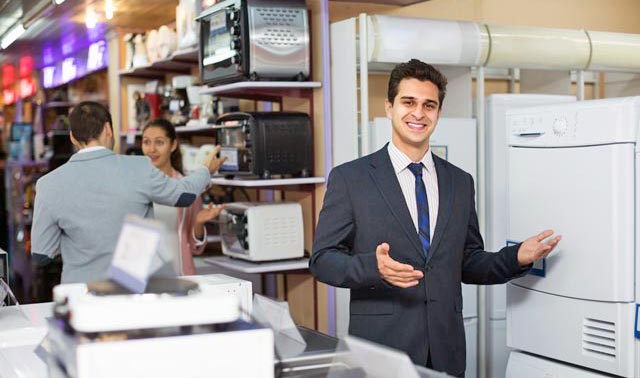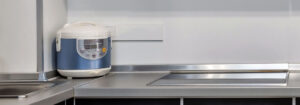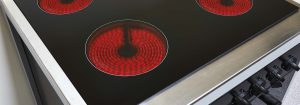A slow cooker is a countertop kitchen appliance used for simmering at low temperatures for an extended period of time. It’s designed to cook food slowly over several hours, making it a convenient and time-saving tool for preparing stews, soups, casseroles, and other dishes. The extended cooking times help tenderize tougher cuts of meat and enhance flavours, making the slow cooker a convenient and efficient kitchen appliance.
How slow cookers work?
Slow cookers typically have two main components: the outer shell or housing and the inner cooking pot.
The outer shell or housing of a slow cooker is commonly made from materials like plastic or stainless steel. These materials provide durability and are easy to clean. Stainless steel models are often more expensive but can offer additional benefits like better heat retention.
The inner cooking pot is where the food is placed, and it is typically made from materials that can withstand slow and steady heating. The most common materials for inner pots are ceramic and stoneware. These materials have good heat retention properties and distribute heat evenly, contributing to the slow cooking process.
A slow cooker works by using a heating element to generate low temperatures over an extended period. The ceramic or stoneware pot inside the slow cooker holds the food and, along with a sealed lid, creates a consistent cooking environment. The slow cooking process, at temperatures typically ranging from 80°C to 140°C allows for thorough and even cooking.
Does a slow cooker use less electricity?
Slow cookers are known for their energy efficiency and tend to use less electricity compared to traditional ovens and stovetop cooking methods. The heating elements in slow cookers are designed to operate at a lower temperature over an extended period, using less energy to maintain a consistent heat.
Additionally, slow cookers are designed to retain heat well due to their insulated housing and the use of a well-fitted lid. This insulation helps in keeping the heat inside, reducing the need for additional energy consumption to maintain the cooking temperature.
The slow cooker safety tips you need to know
Using a slow cooker can be a convenient and safe way to prepare meals, but it’s important to follow some safety tips to ensure that you use it correctly.
- Plug your slow cooker directly into a wall outlet. Avoid using extension cords, power strips, or outlets with multiple appliances plugged in, as this can increase the risk of overheating.
- Set your slow cooker on a stable, heat-resistant surface. Ensure that it’s not placed near flammable materials, such as curtains or paper towels, which could pose a fire hazard.
- Always thaw frozen ingredients before placing them in the slow cooker.
- Follow the recipe instructions for the appropriate temperature setting. Many slow cookers have multiple heat settings, such as low, medium, and high. Follow the recipe instructions for the best results.
- Resist the temptation to lift the lid frequently during cooking. Each time the lid is lifted, heat is lost, and the cooking time is extended.
- Once the cooking is complete, refrigerate any leftovers promptly. Bacteria can multiply rapidly at temperatures between 10°C and 50°C.
- Clean your slow cooker thoroughly after each use, following the manufacturer’s recommendations.
- Adhere to the guidelines provided by the manufacturer in the user manual.
If you ever notice any unusual smells, smoke, or sparks coming from the slow cooker, turn it off immediately, unplug it, and move it to a safe location.
Do not attempt to repair equipment yourself unless you have the necessary knowledge, skills, and experience. If your slow cooker is malfunctioning, it is recommended to contact a qualified appliance repair professional.








